30 Years of FAHM & 5 Ways to Celebrate!

October 10, 2022
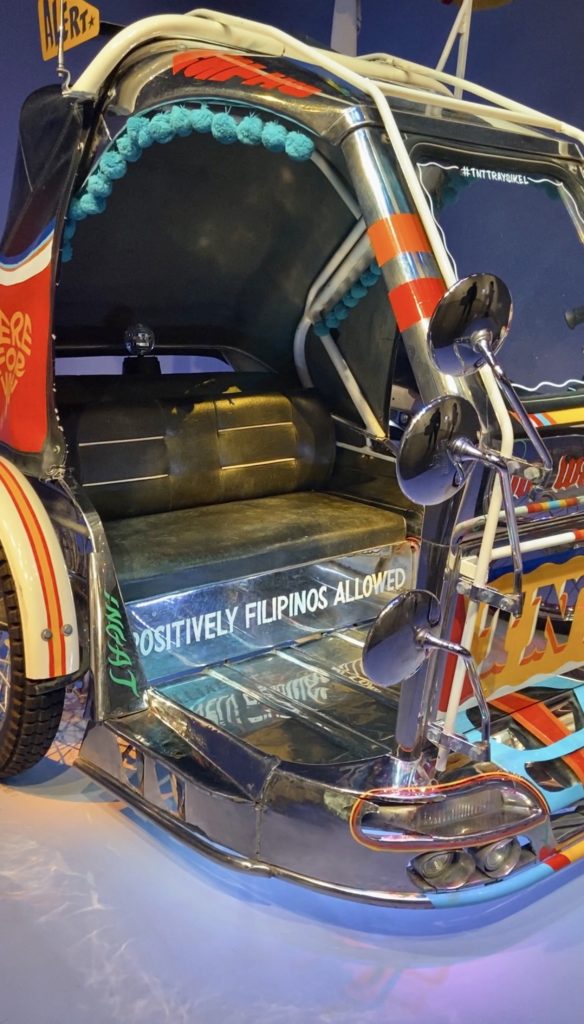
On the blog for the month of October, we will take glimpses into my personal Fil-Am experience and how it’s defined my mission to create healing spaces, explore what it means to decolonize my health and wellness journey and of course share some of my favorite Filipino-inspired recipes.
As you know, October is Filipino-American History Month (FAHM) and this year we’re celebrating 30 years since it was first declared in 1992 by the Filipino-American National Historical Society (FANHS). This month honors and commemorates the first Filipinos, known as “Luzones Indios,” who landed in Morro Bay, California back on October 18th, 1587.
Here are 5 ways to honor the history of our ancestors:
- Get Educated
Not only are we celebrating 30 years of FAHM, but also 50 Years of Filipino-American Studies (demanded by students in 1972 at my alma mater San Francisco State University) and 40 Years since the Filipino-American National Historical Society (FANHS) founded by Dorothy Laigo Cordova. This month is centered around HISTORY – not heritage. I want our intentions to be centered on knowledge expansion. It can feel overwhelming to dive into the historical trauma of our people, but you can start by educating yourself on your own history and lineage.
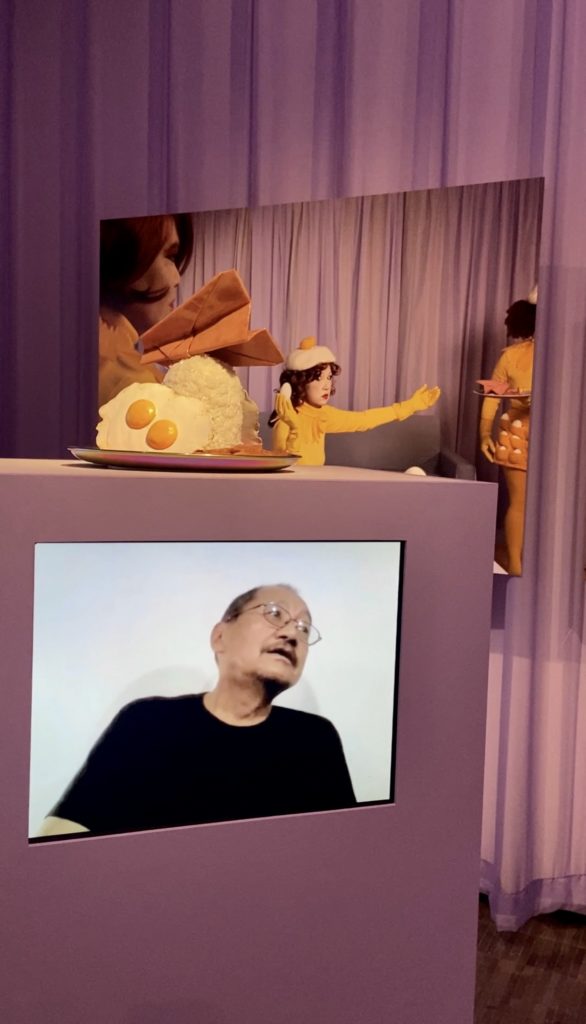


Some of my favorite educators representing the Fil-Am space are @pinayism professor, author and community leader Allyson Tintiangco-Cubales, Tony DelaRosa of @tonyrosaspeaks who educated both historical events and how they impact us today. Arthur Soriano of @maharlikachroniclee and Ligaya Caballes of @thepinaywriter who offer unique perspectives on pre-colonial Filipino history.
- Teach Someone Else
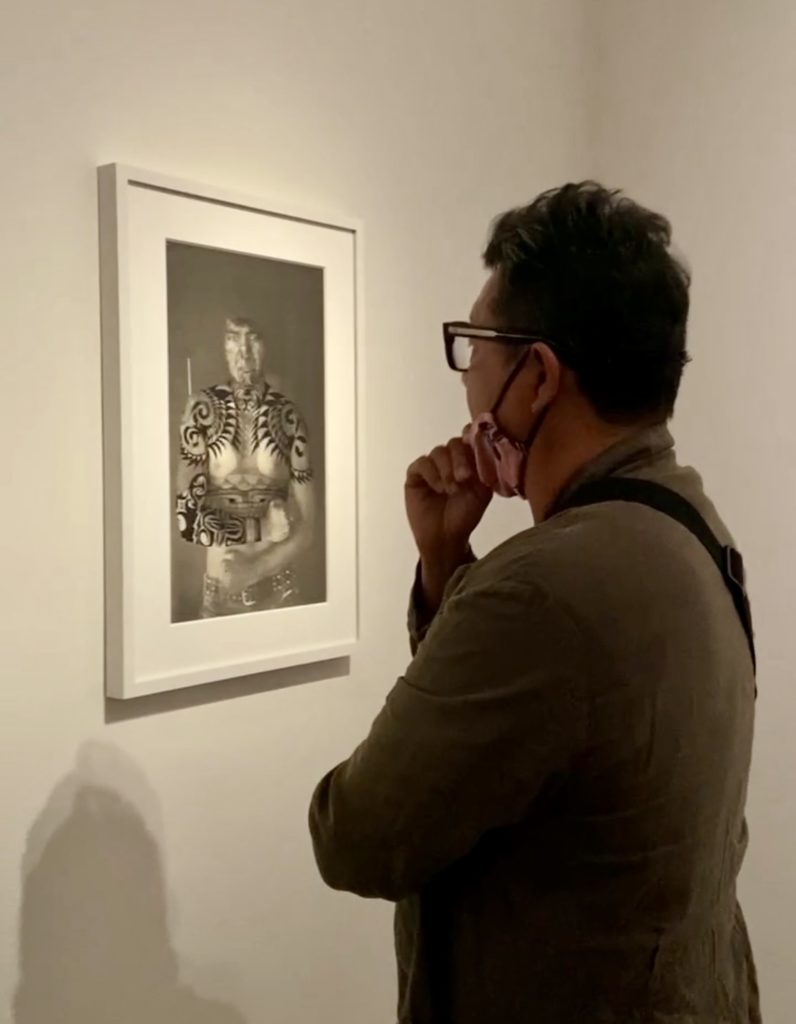
Whether it’s lived experiences or you were educated on the topic it’s important to share your perspectives and knowledge of the Filipino-American experience. Educate the youth, your contemporaries or whoever wants to learn because as a Filipino-American there is no greater teacher than the stories you’ve lived yourself and the ones passed down from our Manangs (respectful name to call unrelated elder women) and Manongs (respectful name to call unrelated eldermen). For us children of immigrants, our lineage will get farther and farther away from the motherland. It’s important to keep our culture alive through stories, history, language, building community and keeping that bayanihan (community) spirit alive.
- Arts & Entertainment
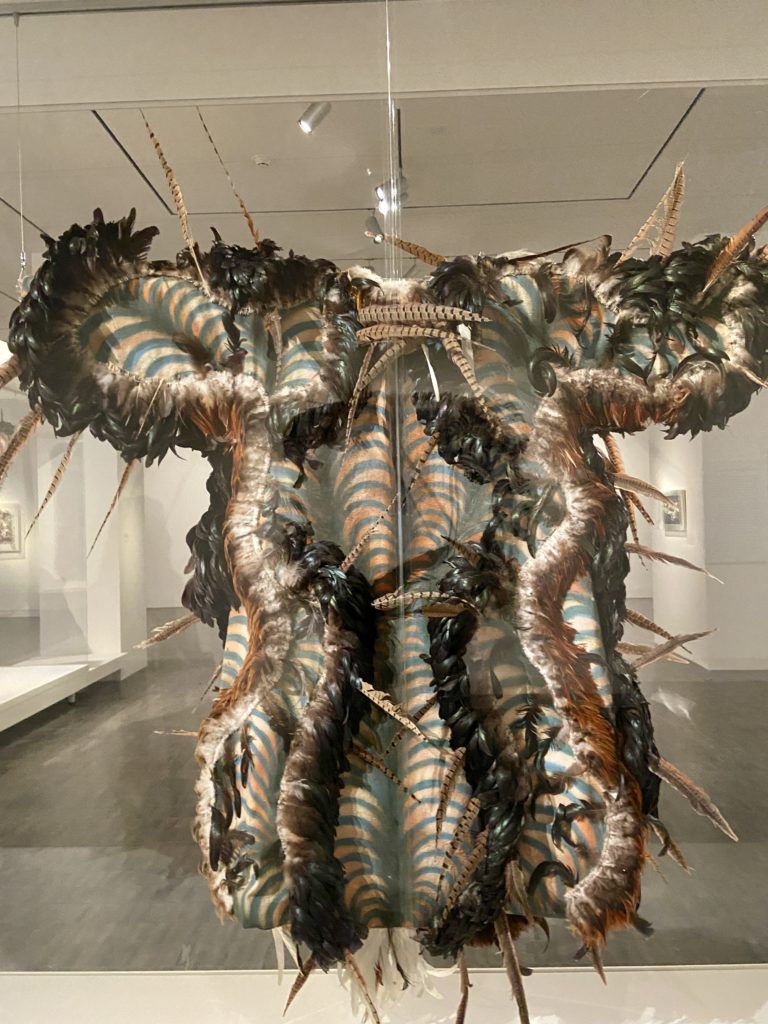
Academics aren’t the only ways to learn about FAHM. Artists, playwrights, filmmakers or athletes can give unique perspectives about what it means to be Filipino in America and become pioneers in their field. Our unique collective experience cannot be captured in history books.
“San Francisco-born Carlos Villa (1936–2013) was a groundbreaking American artist whose work broadened the horizons of 20th-century modernism. His search for personal and aesthetic meaning in his own Filipino heritage and global indigenous cultures led him to develop an original and expansive approach to art and the role of the artist.”
-Asian Art Museum
Artists like Carlos Villa – who’s very existence and body of work – was history in the making. As family friend of ours, I grew up staring at one of Carlos’s paintings hanging in our living room. His art was groundbreaking! A living breathing representation of the Fil-Am experience. His exhibit is currently being featured at San Francisco’s Asian Art Museum.
Plays like Alleluia Panis’s “Nursing These Wounds” gives us a perspective of the impact on colonization of Pilipinx health and caregiving through the lens of Pilipinx Nurses history. Music by rapper and activist Ruby Ibarra, who harnesses the voice of a whole ass generation – speaking on the struggles and triumphs of being Pinay in America, a child of immigrants, what it was like for us, me, them and my peers growing up.
- Support Fil-Am Restaurants
It’s no secret that Filipinos are OBSESSED with food. I feel like the Kapwa (unity of the ‘self’ and ‘others’) lives in our food. Feeding you, feeding self, hosting gatherings to feed others. Filipino food IS history. The impacts of colonization, Americanization, influences from China, Japan and Pacific Islands reflect the movement that came in and out of the Philippines. Reflecting on the cultural preservation of our cuisine as Filipino food becomes more mainstream is vital as well. Food is our love language and favorite art form. Like for real, we’ve been taking pictures of our food since film and disposable cameras before all the hashtags and Instagram. Food is our love language. To celebrate the diversity of the Philippines is in the history of our food. Filipino eats/vendors include: @theparksfinest, @thesarapshop @thelumpiacompany @senorsisig @seafoodcitysupermarket and Max’s Restaurant in Daly City.
- Donate to and Support Filipino-Led Organizations
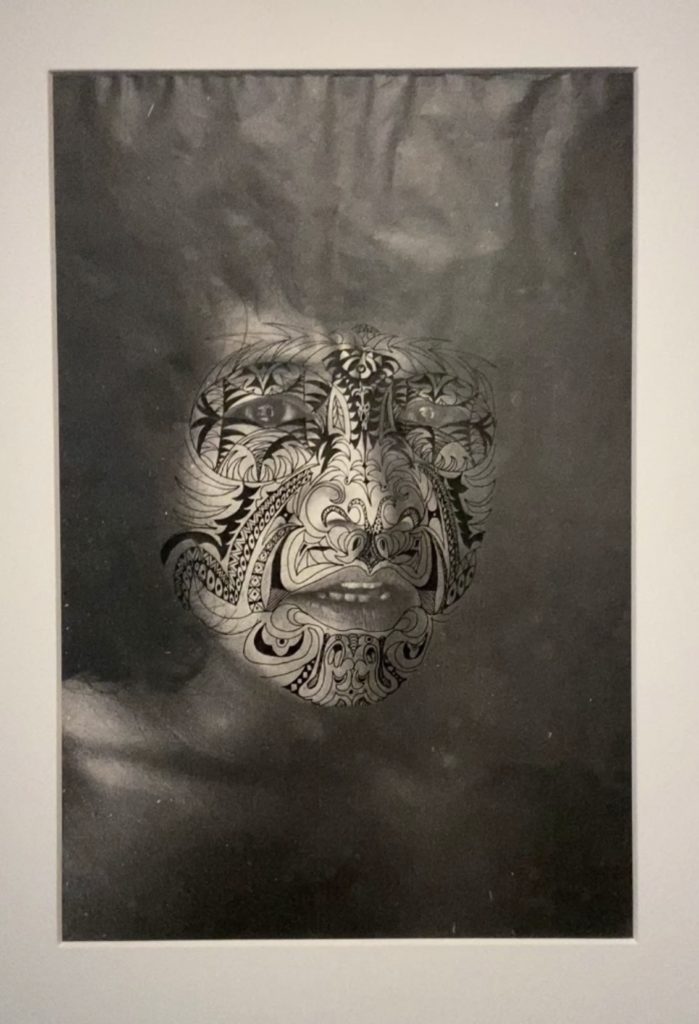
Whether it’s political, educational or an organization that is holding space for all our stories to be told, supporting Filipino-led businesses keeps our history alive. Educators, community leaders and our Elders hold the heart of our past. Their first-hand experiences and the knowledge passed down to them is living history. By supporting them and their causes, educational programs and initiatives we are preserving our past, present and future. Understanding our history from the motherland then bridging Filipino stories now as they are being woven into the tapestry of America. This is the Filipinx-American experience. These organizations are near and dear to my heart and have helped me reconnect with the Fil-Am community: @filipinaontherise, @pinayista, @malayabotanicals, @nycfilipinos, @districtsixsf, @filexcellence @cielcreativespace @sipacares @knlfolkarts, and @kulartspresents.